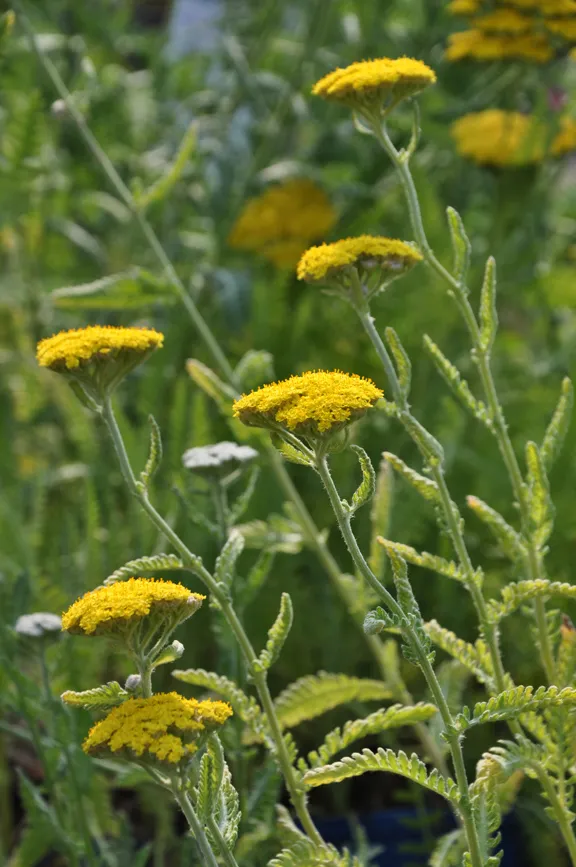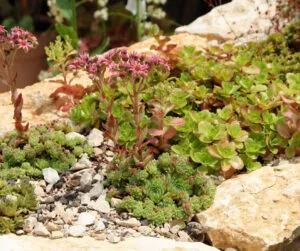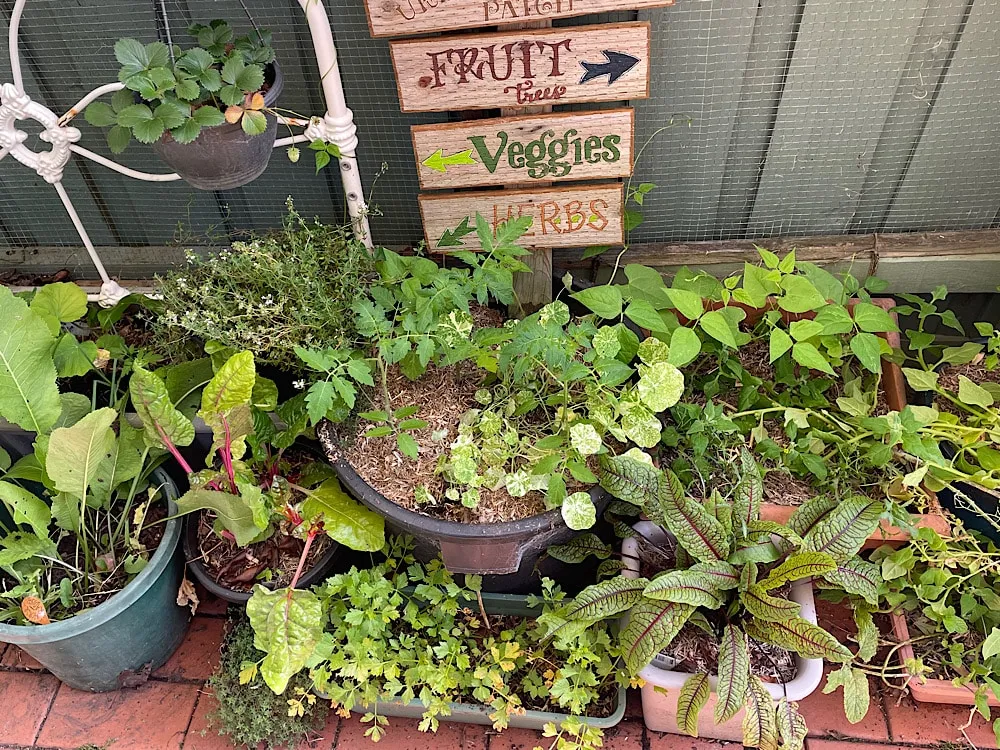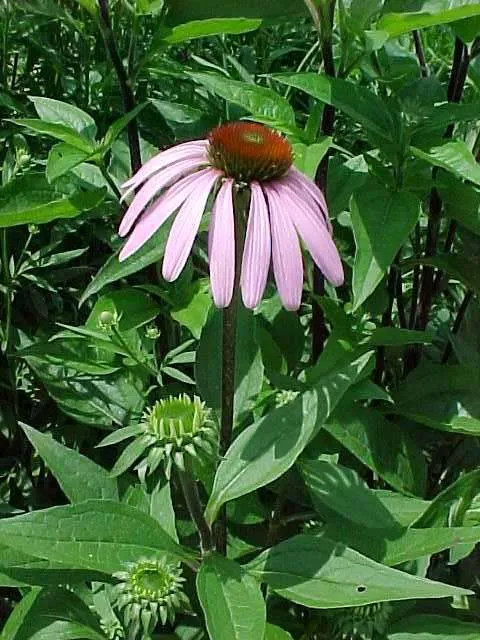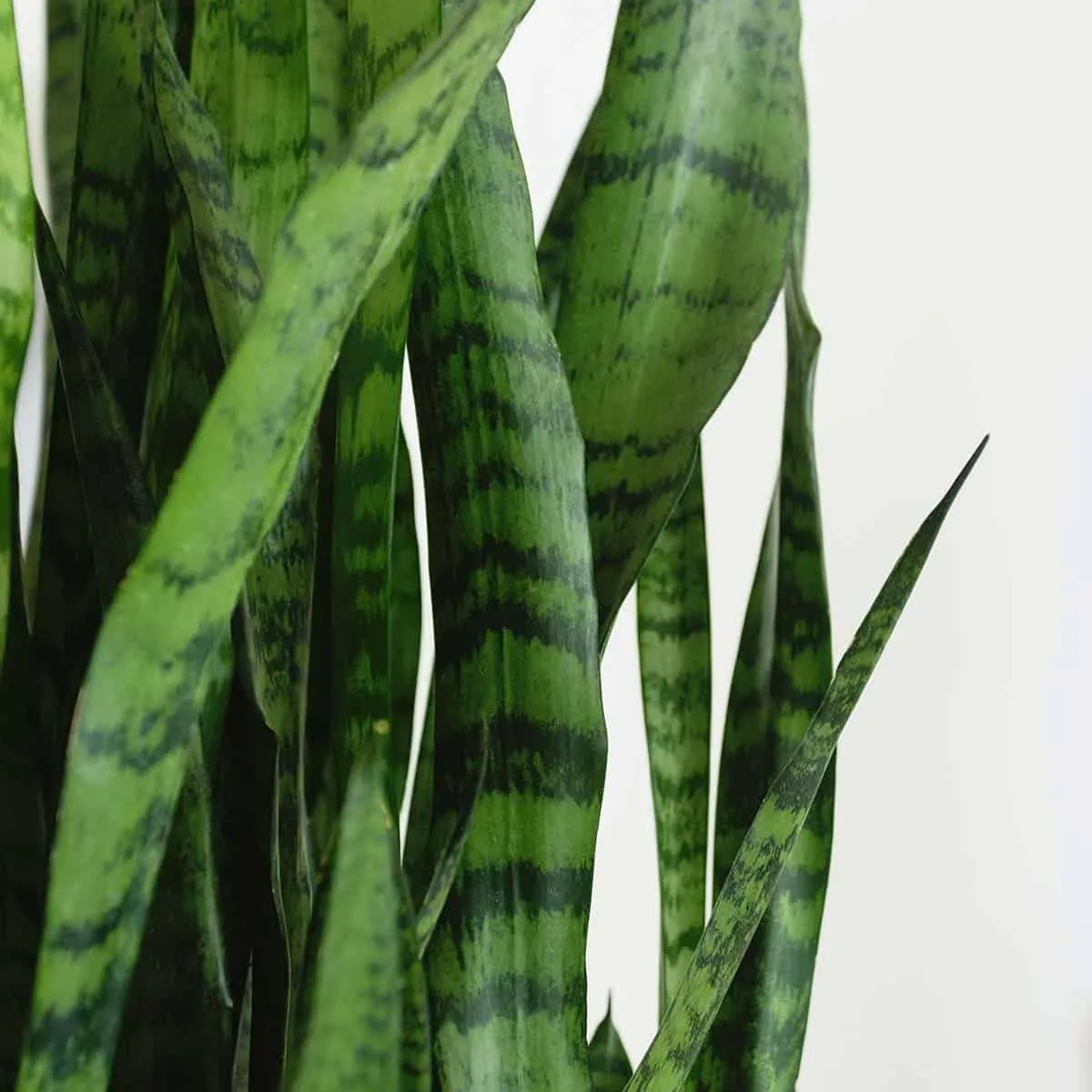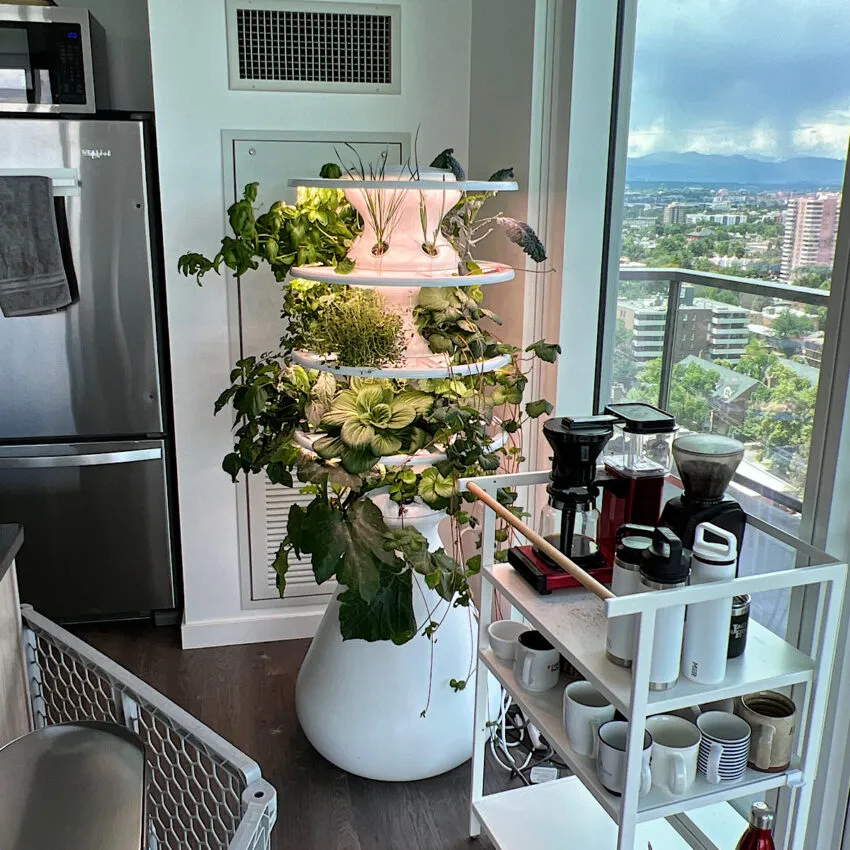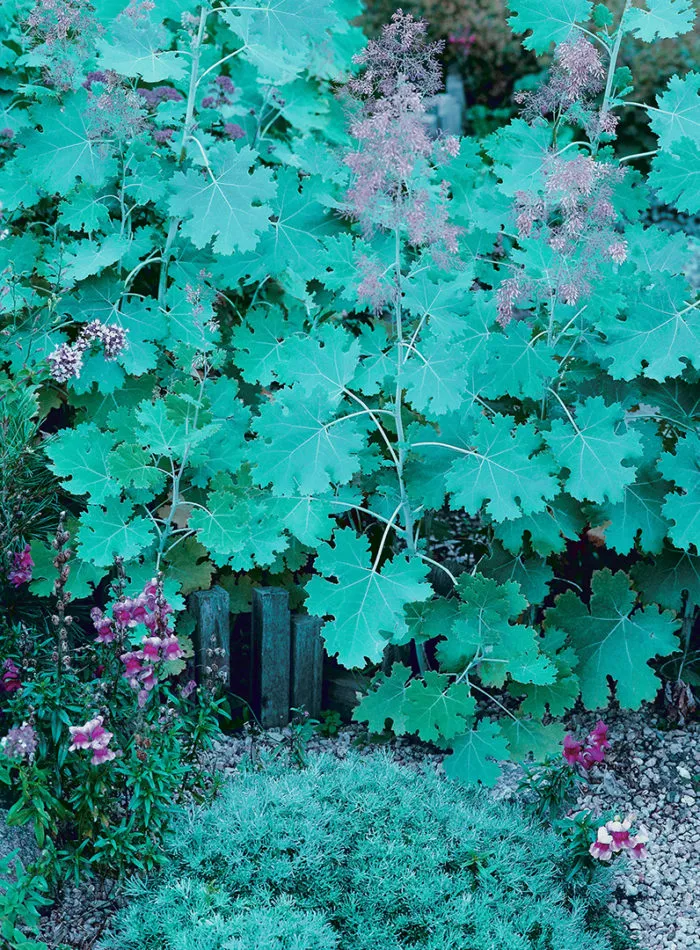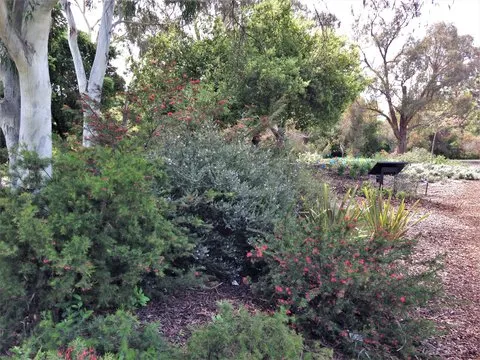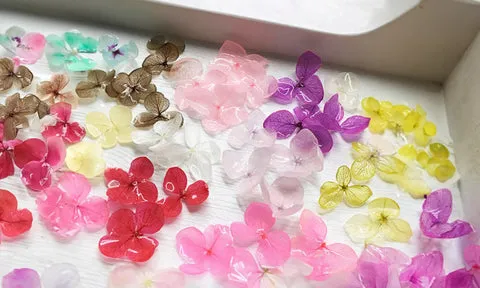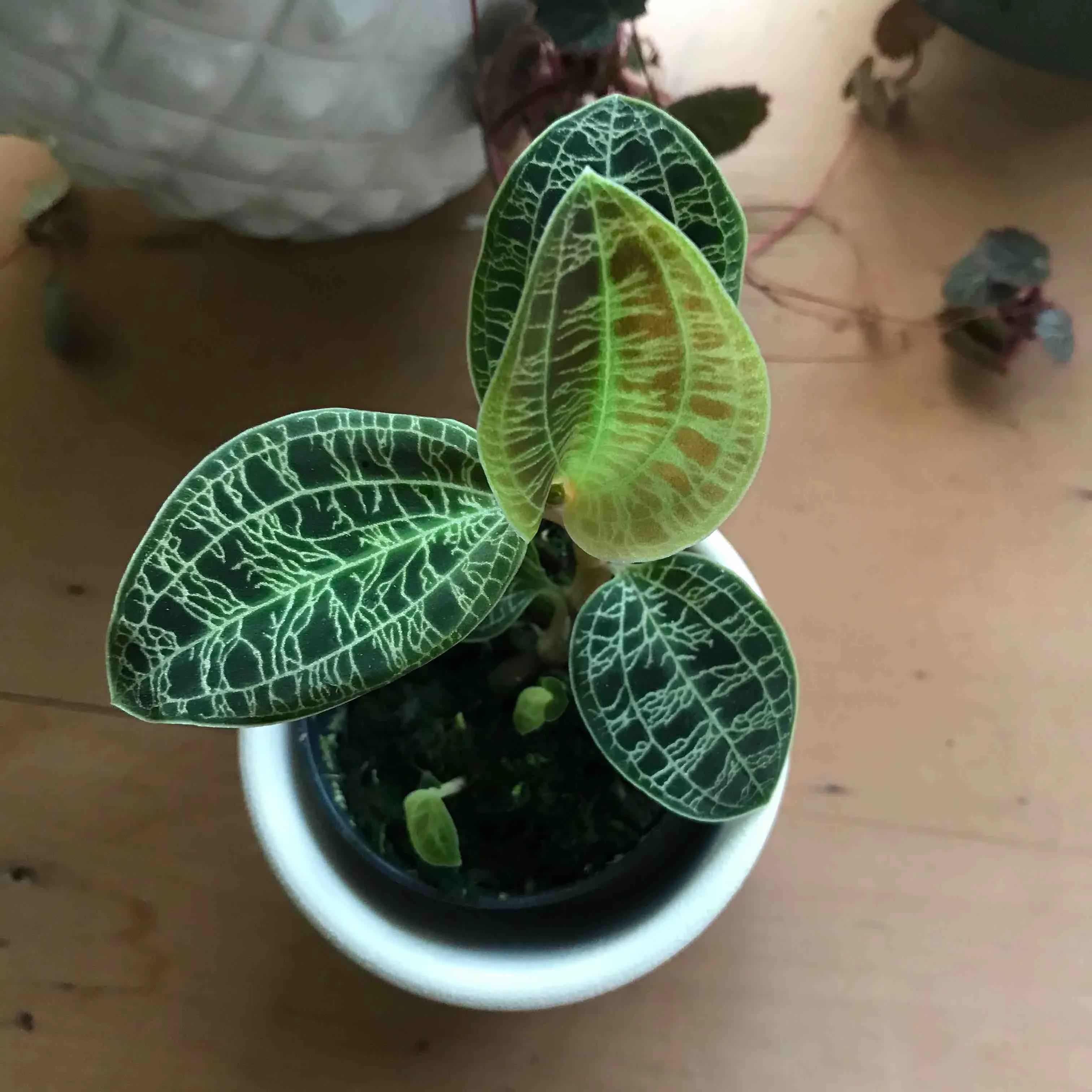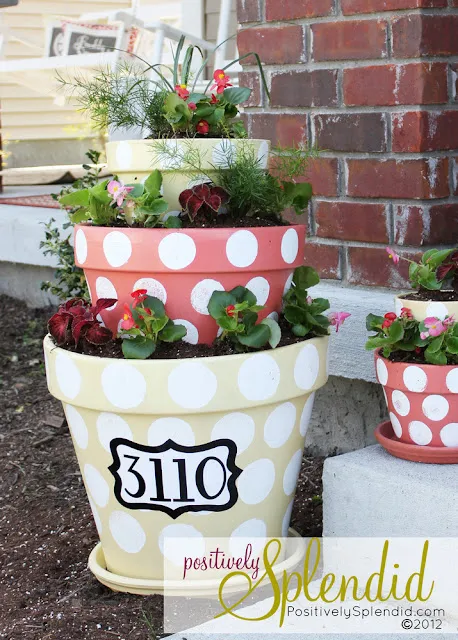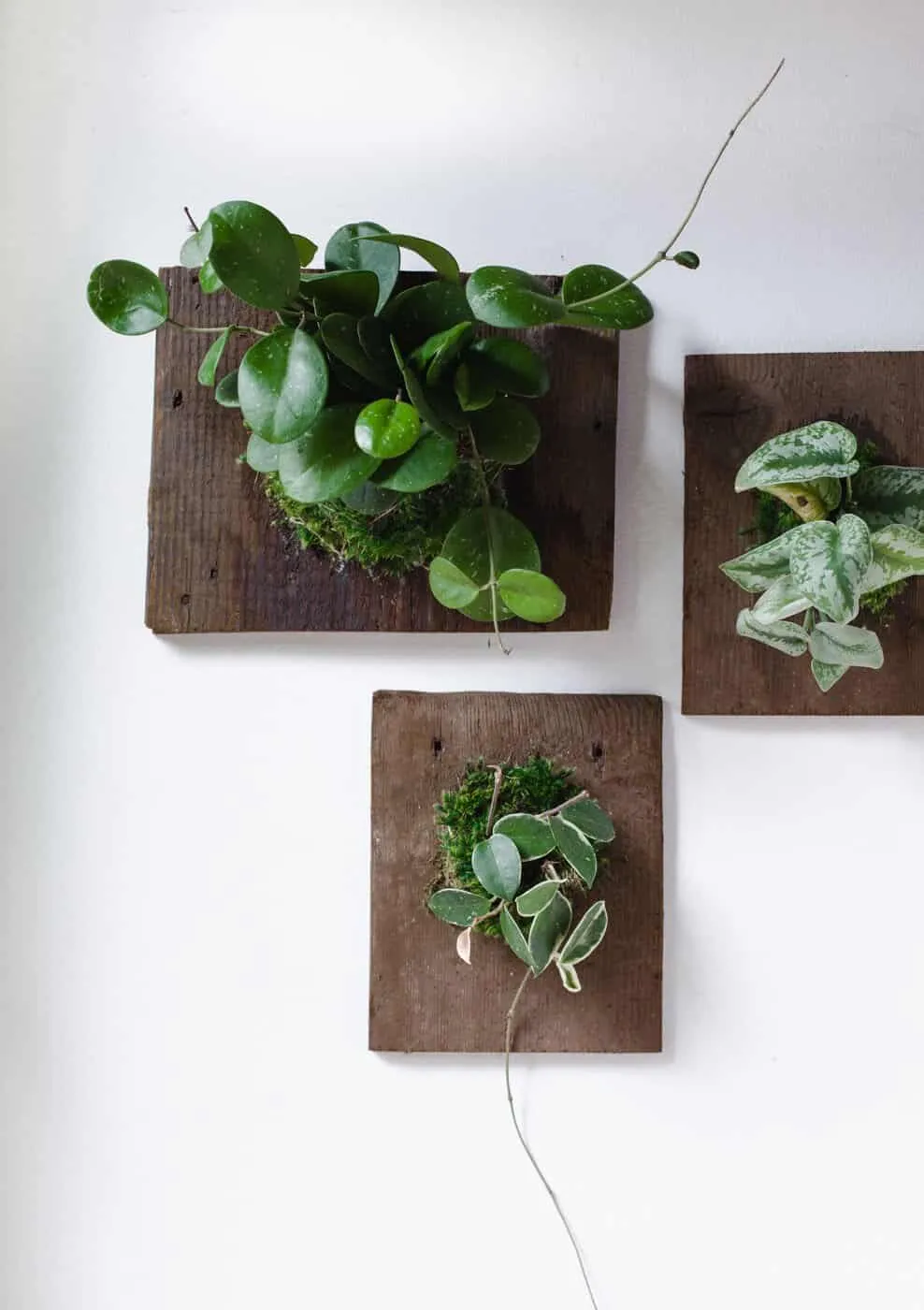- Fungus black spots on succulents can be caused by various factors, including sooty mold, grey mold, fusarium wilt, anthracnose, rust spots, and phytophthora.
- Early detection and proper identification are crucial for effective treatment.
- Most fungal issues can be treated with proper care, but some like fusarium wilt and phytophthora have no cure.
- Prevention through proper watering, air circulation, and sanitation is key to maintaining healthy succulents.
As a succulent enthusiast, there’s nothing more disheartening than seeing those beautiful, plump leaves marred by unsightly black spots. But fear not! With the right knowledge and a bit of tender loving care, you can tackle these fungal foes and restore your succulents to their former glory. Let’s dive into the world of fungus black spots on succulent leaves and learn how to keep our green friends happy and healthy.
Contents
- 1. Sooty Mold: The Sticky Situation
- Symptoms:
- Treatment:
- 2. Grey Mold: The Fuzzy Menace
- Symptoms:
- Treatment:
- 3. Fusarium Wilt: The Silent Killer
- Symptoms:
- Treatment:
- 4. Anthracnose: The Deceptive Destroyer
- Symptoms:
- Treatment:
- 5. Rust Spots: The Metallic Menace
- Symptoms:
- Treatment:
- 6. Phytophthora: The Root of Evil
- Symptoms:
- Treatment:
- Conclusion: Keeping Your Succulents Spotless and Thriving
1. Sooty Mold: The Sticky Situation
 Sooty mold on succulent leaves
Sooty mold on succulent leaves
Sooty mold is like that unwelcome house guest who shows up uninvited and overstays their welcome. It’s not directly harmful to your succulent, but it’s a sign of a bigger problem – pesky sap-sucking insects.
Symptoms:
- Black, powdery coating on leaves
- Sticky residue (honeydew) on and around the plant
Treatment:
- Identify and eliminate the insect infestation (mealybugs, aphids, or scale insects).
- Gently wipe leaves with a soft cloth dipped in soapy water or rubbing alcohol.
- Apply neem oil or insecticidal soap to prevent future infestations.
As Sarah, a seasoned succulent grower, once told me, “Treating sooty mold is like detective work. Find the culprit insects, evict them, and the mold will pack its bags too!”
2. Grey Mold: The Fuzzy Menace
Grey mold, or Botrytis cinerea, is the party crasher of the succulent world. It thrives in humid, poorly ventilated environments and can spread faster than gossip at a garden club meeting.
Symptoms:
- Grayish-brown spots on leaves and stems
- Fuzzy, gray growth on affected areas
- Wilting and decay of plant tissue
Treatment:
- Improve air circulation around your plants.
- Remove affected parts immediately.
- Apply a fungicide containing copper or sulfur.
- Reduce watering and avoid overhead irrigation.
Remember, prevention is key. As my friend Tom, a botanical garden curator, always says, “Give your succulents the spa treatment – plenty of light, gentle breezes, and just the right amount of water. They’ll thank you by staying mold-free!”
3. Fusarium Wilt: The Silent Killer
 Fusarium wilt on succulent leaves
Fusarium wilt on succulent leaves
Fusarium wilt is the ninja of plant diseases – silent, deadly, and often undetected until it’s too late. This soil-borne fungus is every succulent lover’s nightmare.
Symptoms:
- Wilting leaves that turn yellow or brown
- Black spots or streaks on leaves and stems
- Stunted growth
Treatment:
Unfortunately, there’s no cure for fusarium wilt. The best course of action is:
- Remove and destroy infected plants immediately.
- Sterilize soil and pots thoroughly.
- Avoid reusing contaminated soil or containers.
As painful as it is to lose a plant, sometimes it’s necessary to save the rest of your collection. In the words of Dr. Emily, a plant pathologist I once interviewed, “Sacrificing one succulent to save a dozen is a tough but necessary decision in the face of fusarium wilt.”
4. Anthracnose: The Deceptive Destroyer
Anthracnose is like a master of disguise, often mimicking other common succulent issues. But don’t be fooled – this fungal disease can wreak havoc if left unchecked.
Symptoms:
- Circular, sunken spots on leaves
- Leaf discoloration and wilting
- Premature leaf drop
Treatment:
- Isolate infected plants immediately.
- Apply fungicides containing benzopyrazole or mancozeb.
- Improve air circulation and reduce humidity.
 Treating anthracnose on succulents
Treating anthracnose on succulents
“When it comes to anthracnose, speed is your best friend,” advises Maria, a succulent nursery owner. “Catch it early, treat it aggressively, and your succulents will bounce back stronger than ever.”
5. Rust Spots: The Metallic Menace
 Rust spots on succulent leaves
Rust spots on succulent leaves
Rust spots on succulents are like unwanted freckles – they may start small, but they can quickly multiply and mar your plant’s beauty.
Symptoms:
- Orange, yellow, or reddish-brown spots on leaves
- Powdery spores on the underside of leaves
- Leaf discoloration and eventual leaf drop
Treatment:
- Quarantine affected plants to prevent spread.
- Remove heavily infected leaves.
- Apply fungicides containing copper or sulfur.
- Improve air circulation and reduce humidity.
Pro tip from Jake, a long-time succulent collector: “Treat rust spots like you’re battling a tiny, persistent army. Be vigilant, strike early, and don’t let up until you’ve won the war!”
6. Phytophthora: The Root of Evil
Phytophthora is the root rot that strikes fear into the hearts of succulent lovers everywhere. This water mold attacks the roots first, making it difficult to detect until it’s often too late.
Symptoms:
- Wilting and yellowing of leaves
- Dark, mushy spots on leaves and stems
- Root discoloration and decay
Treatment:
Like fusarium wilt, there’s no cure for phytophthora. The best action is:
- Remove and destroy infected plants.
- Sterilize soil and pots thoroughly.
- Improve drainage in your garden or potting mix.
As heartbreaking as it is, sometimes we must say goodbye to save the rest. Dr. Lisa, a plant disease specialist, once told me, “Think of removing a phytophthora-infected plant as performing surgery to save your garden. It’s tough, but necessary for the greater good.”
Conclusion: Keeping Your Succulents Spotless and Thriving
Fungus black spots on succulent leaves can be a gardener’s nightmare, but with the right knowledge and quick action, you can keep your plants healthy and beautiful. Remember, prevention is always better than cure. Provide good air circulation, avoid overwatering, and regularly inspect your plants for early signs of trouble.
As we’ve learned from our journey through these fungal foes, each challenge presents an opportunity to become a better succulent caretaker. So, arm yourself with knowledge, keep your pruning shears at the ready, and embrace the adventure of succulent care!
Have you battled any of these fungal issues in your succulent garden? Share your experiences and tips in the comments below. And don’t forget to check out our other articles for more succulent care advice and inspiration. Happy gardening!







